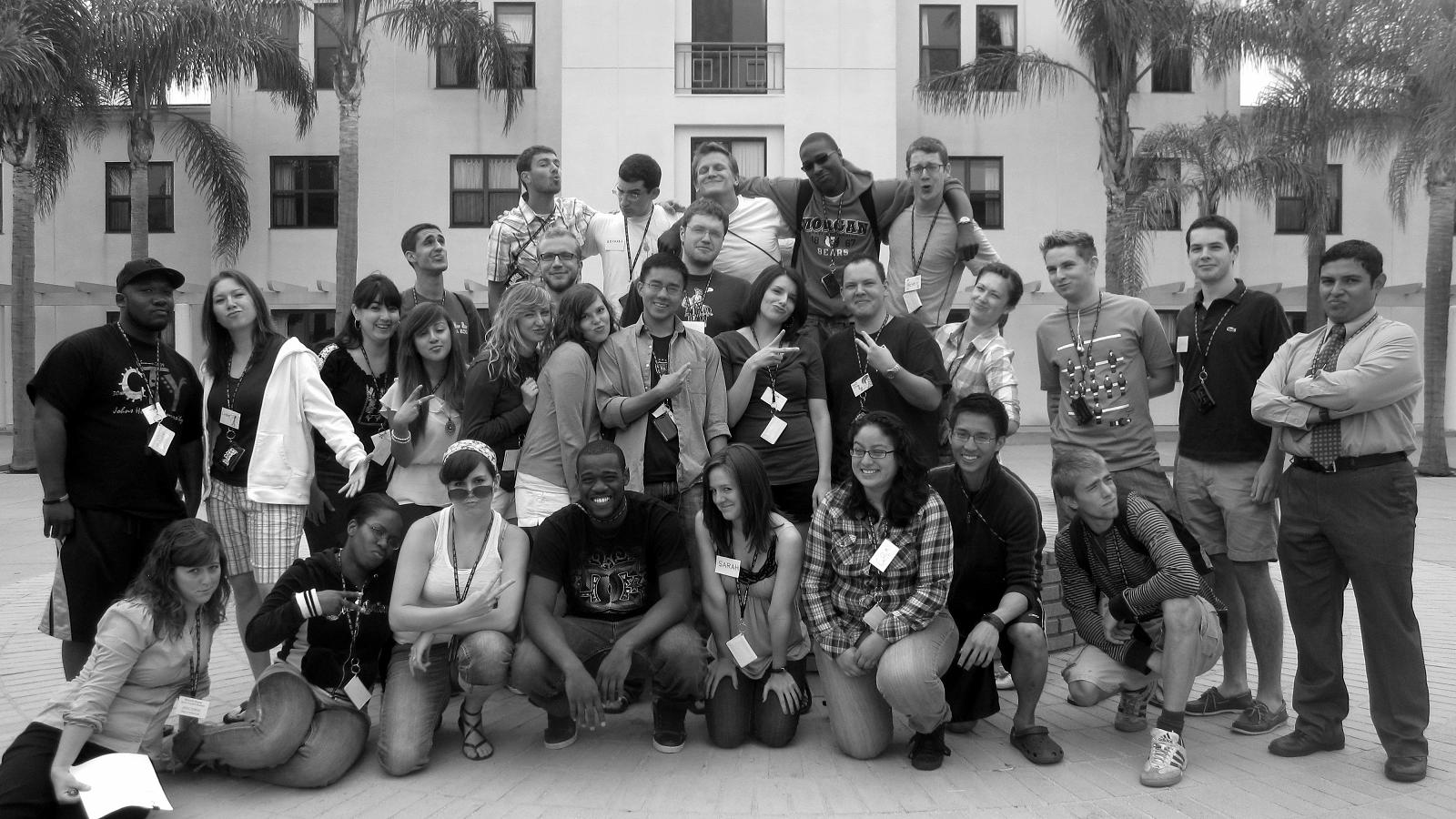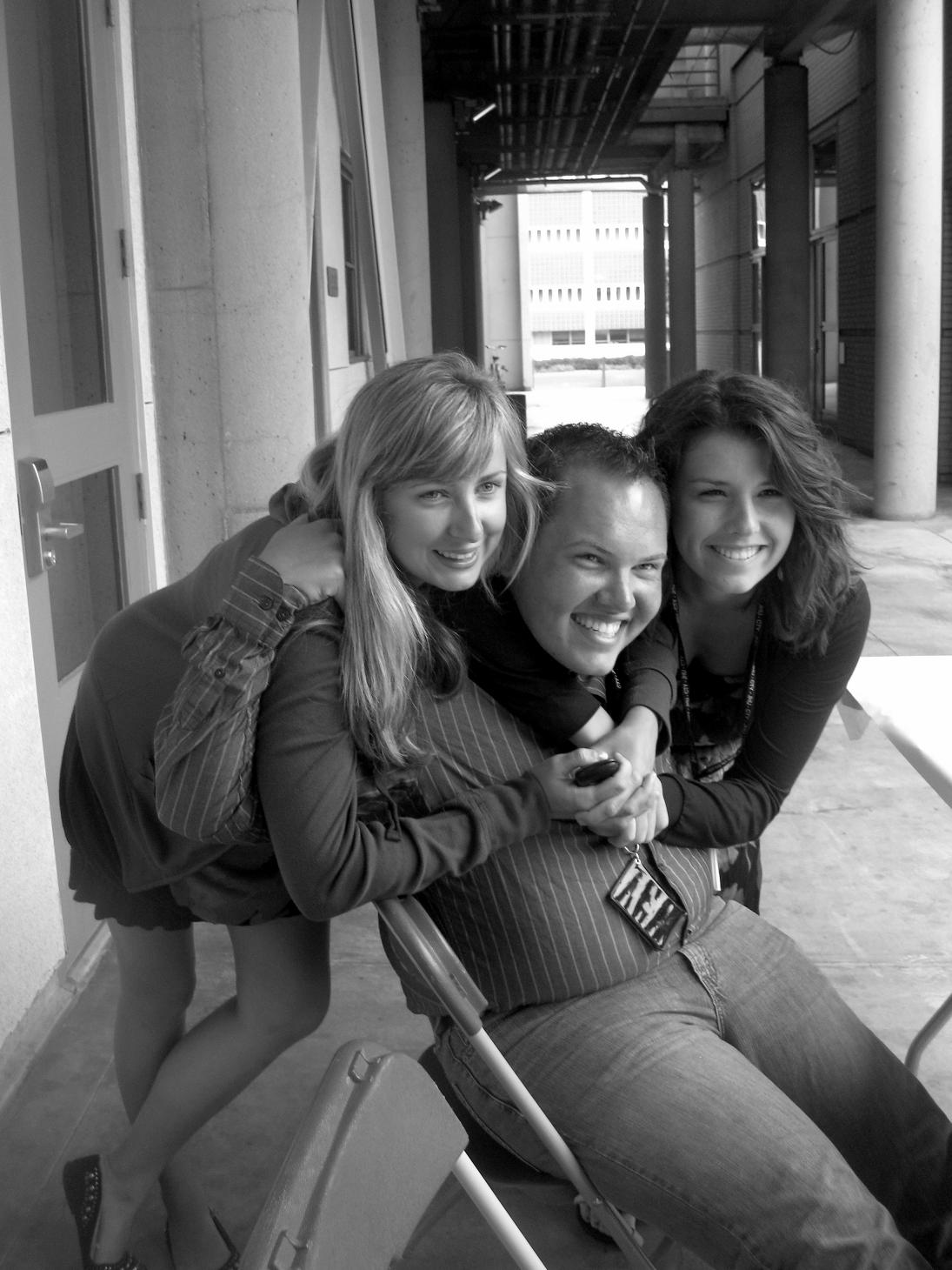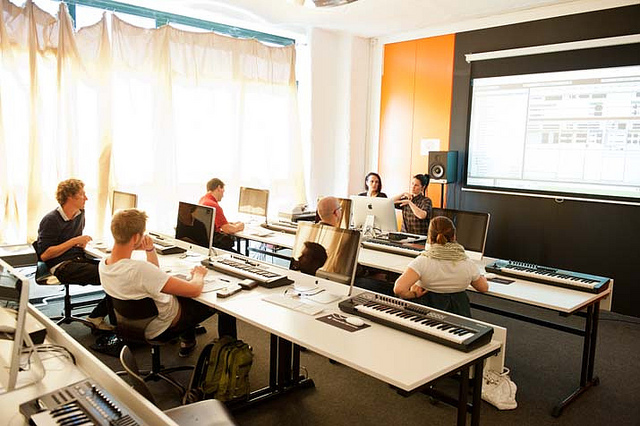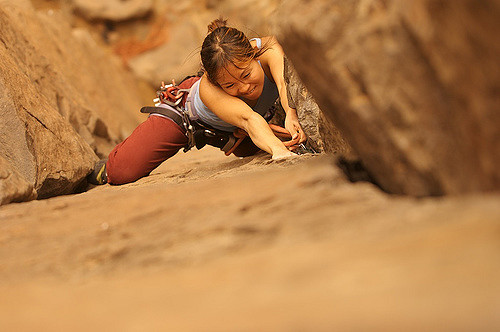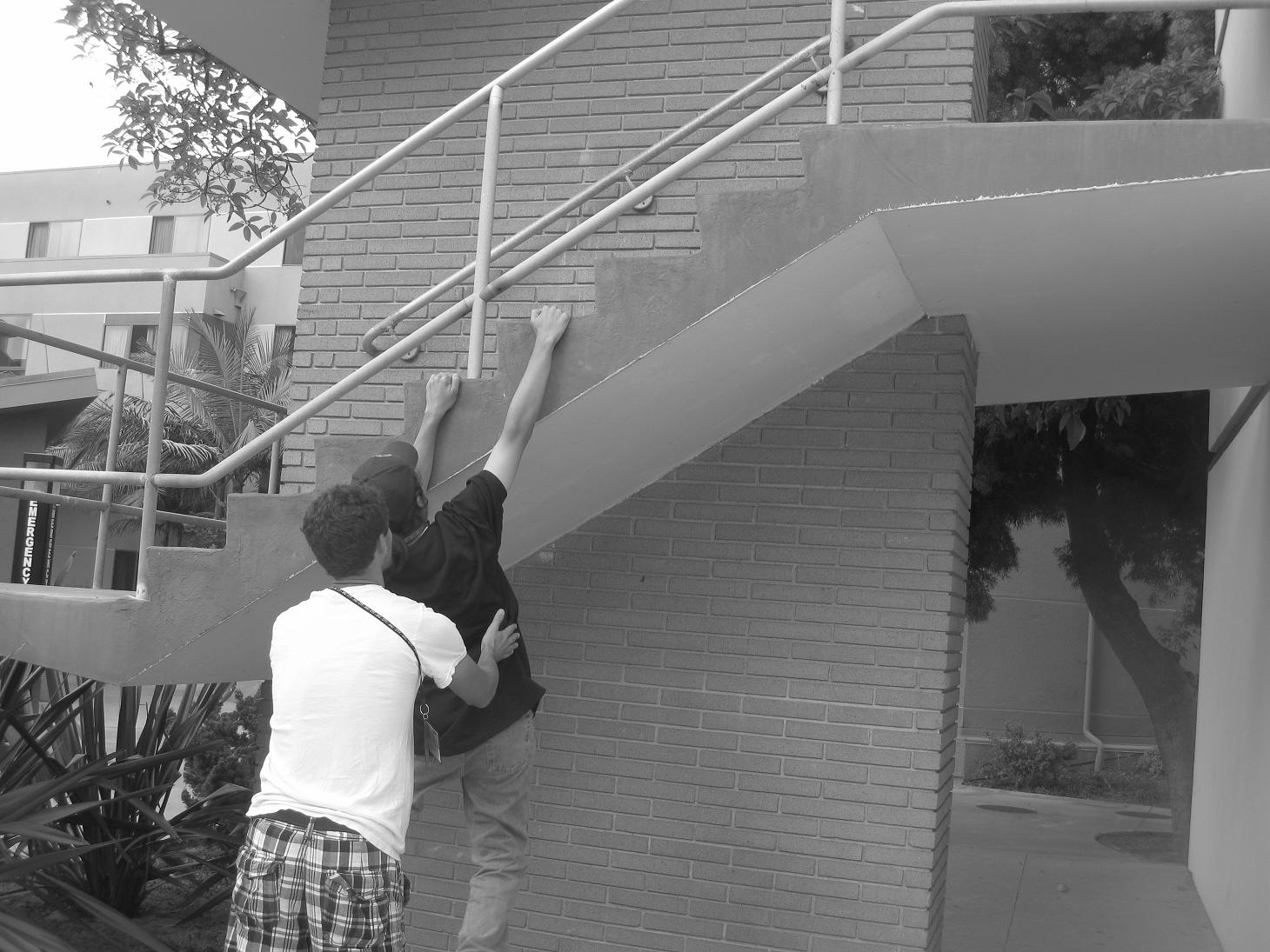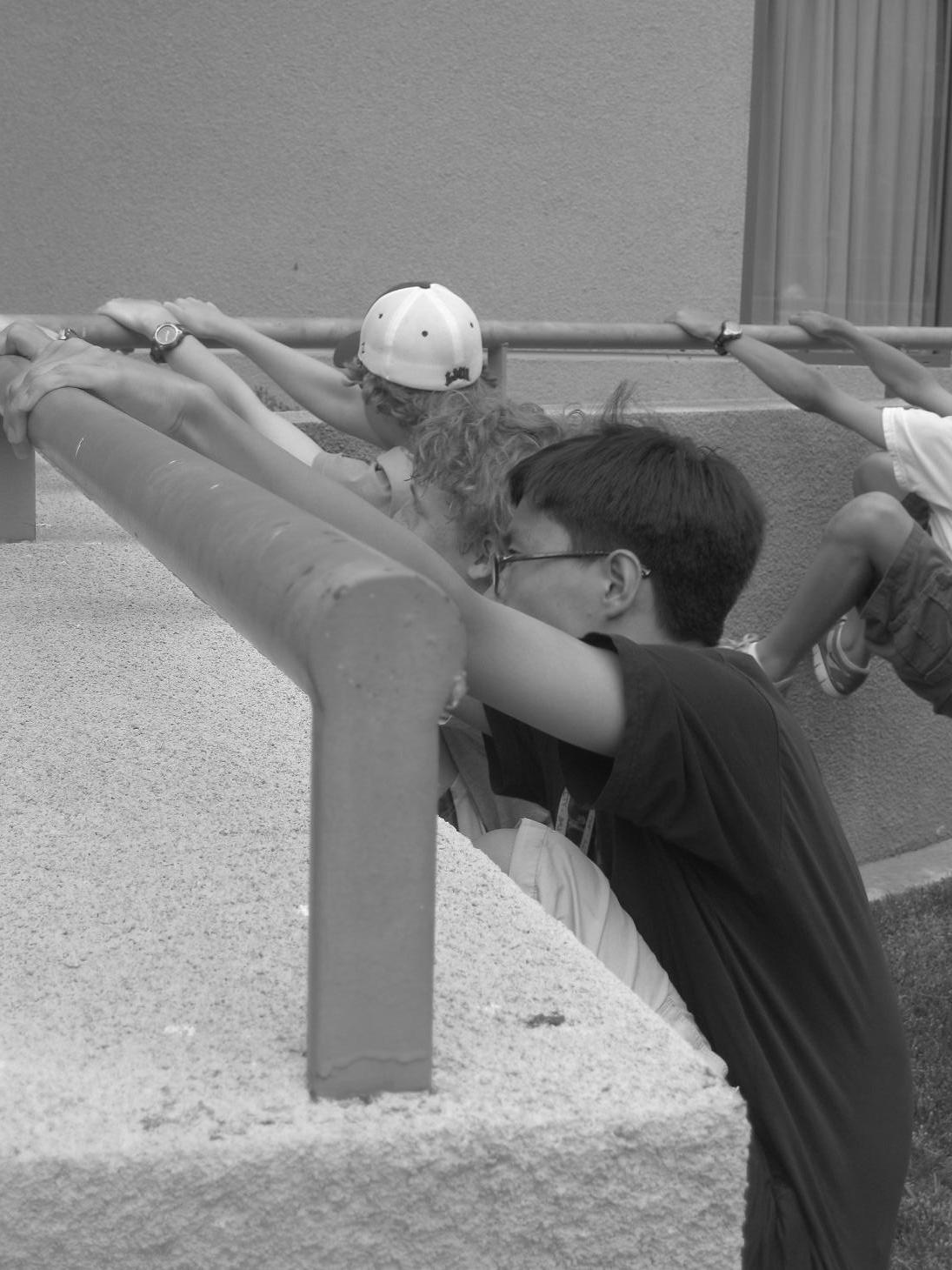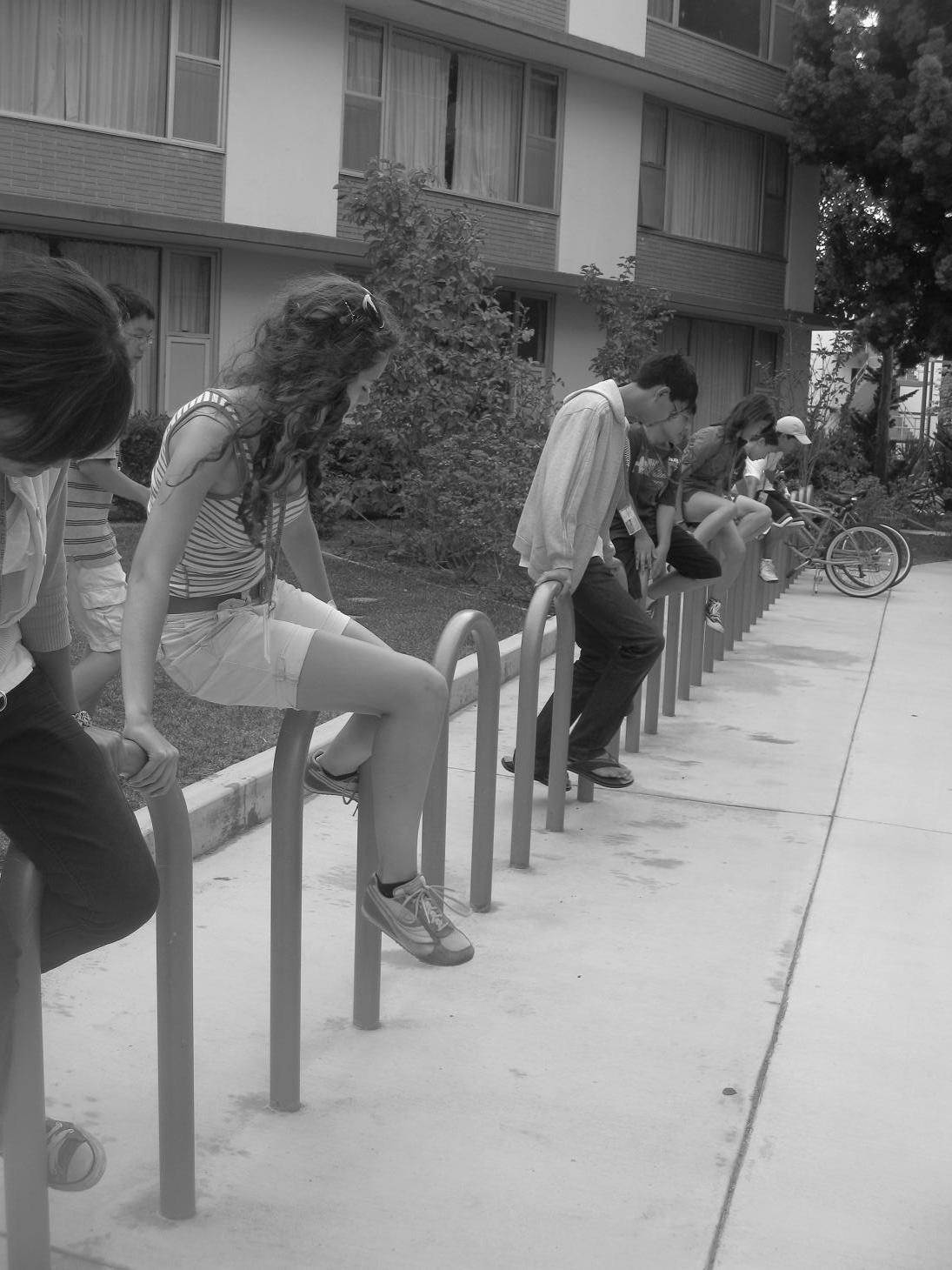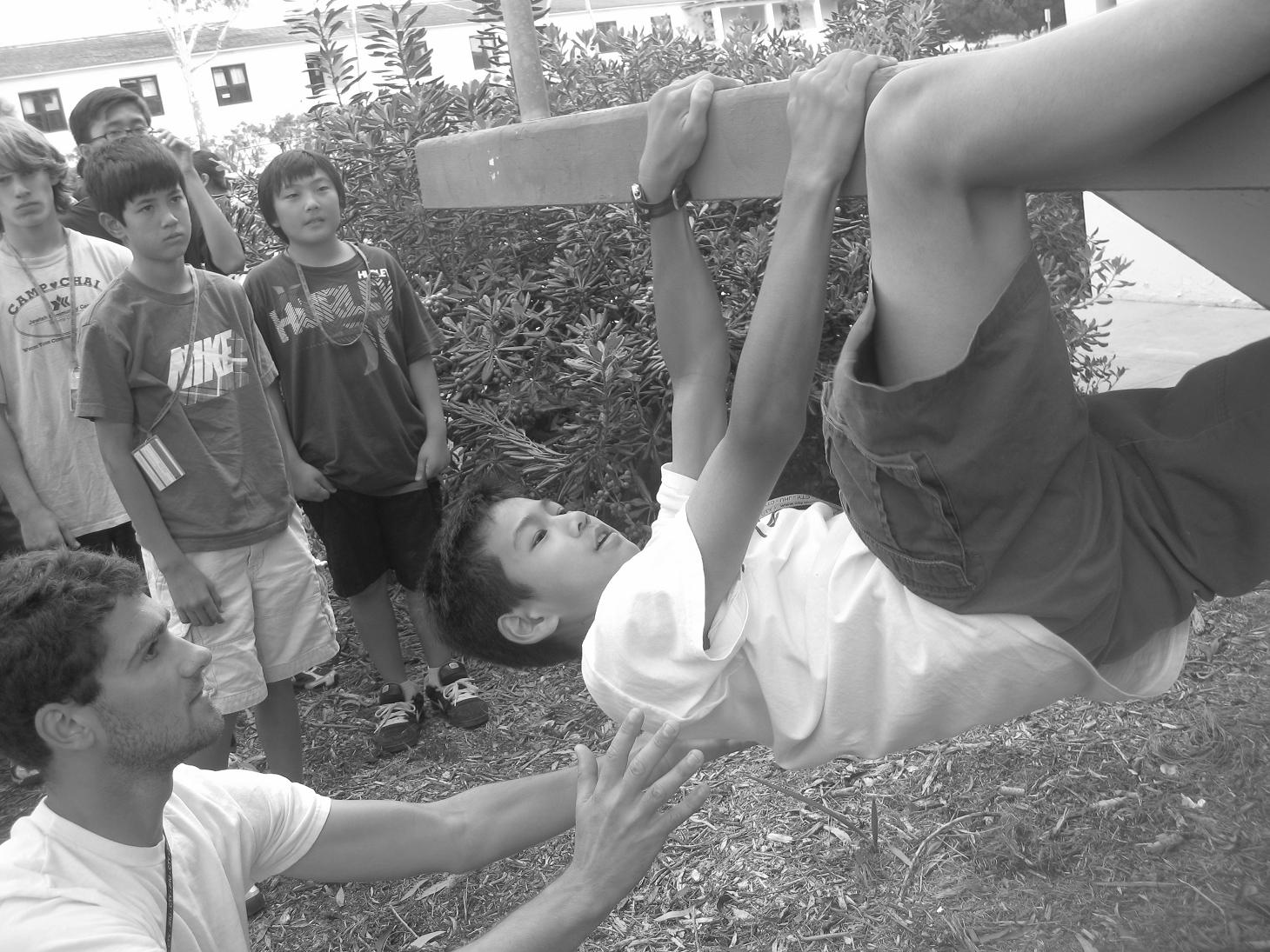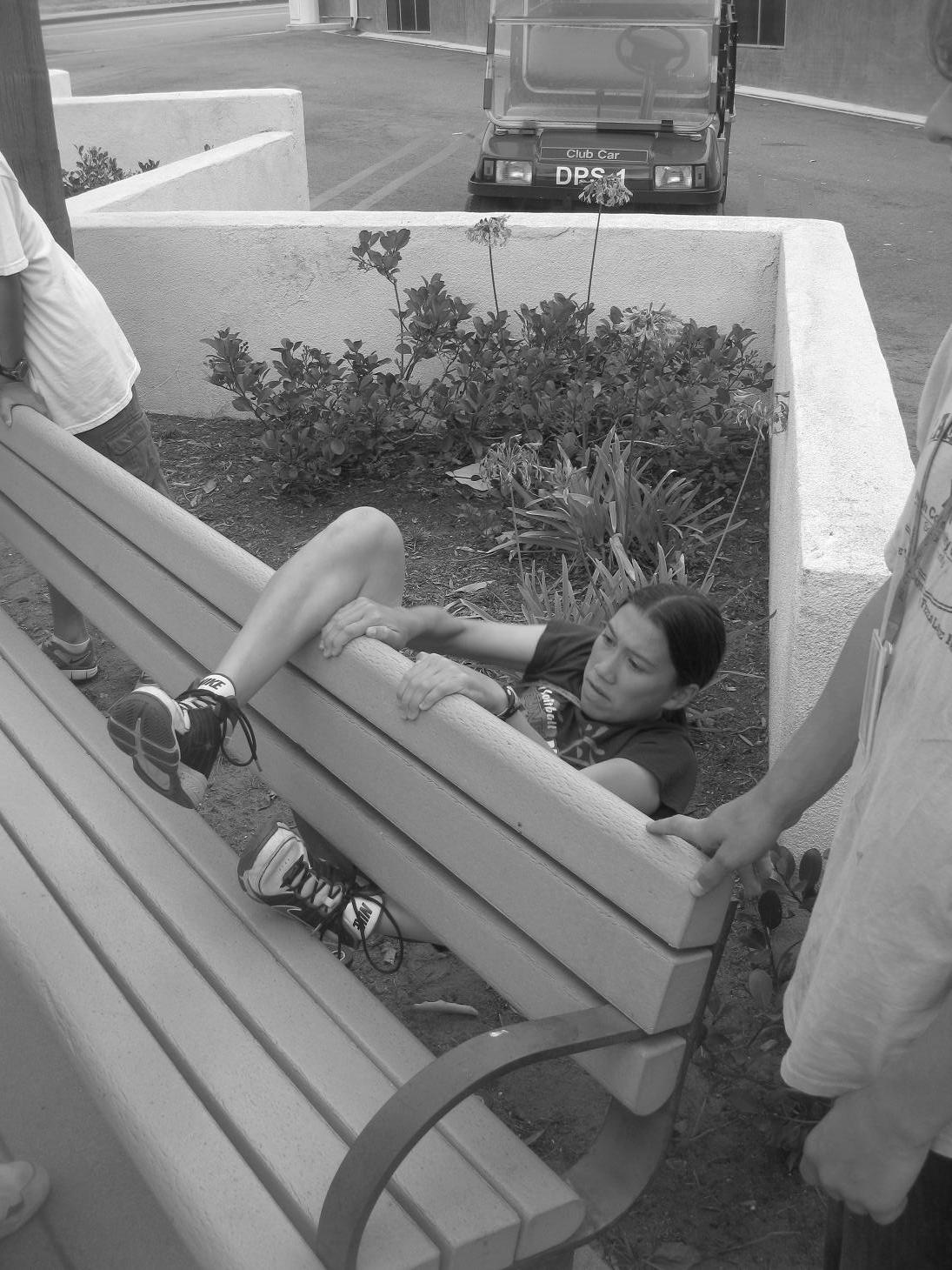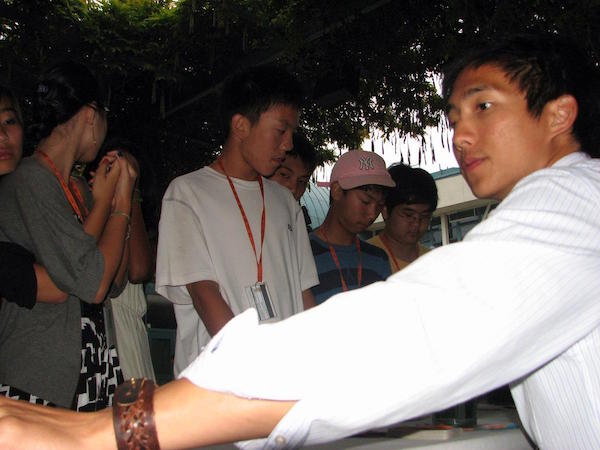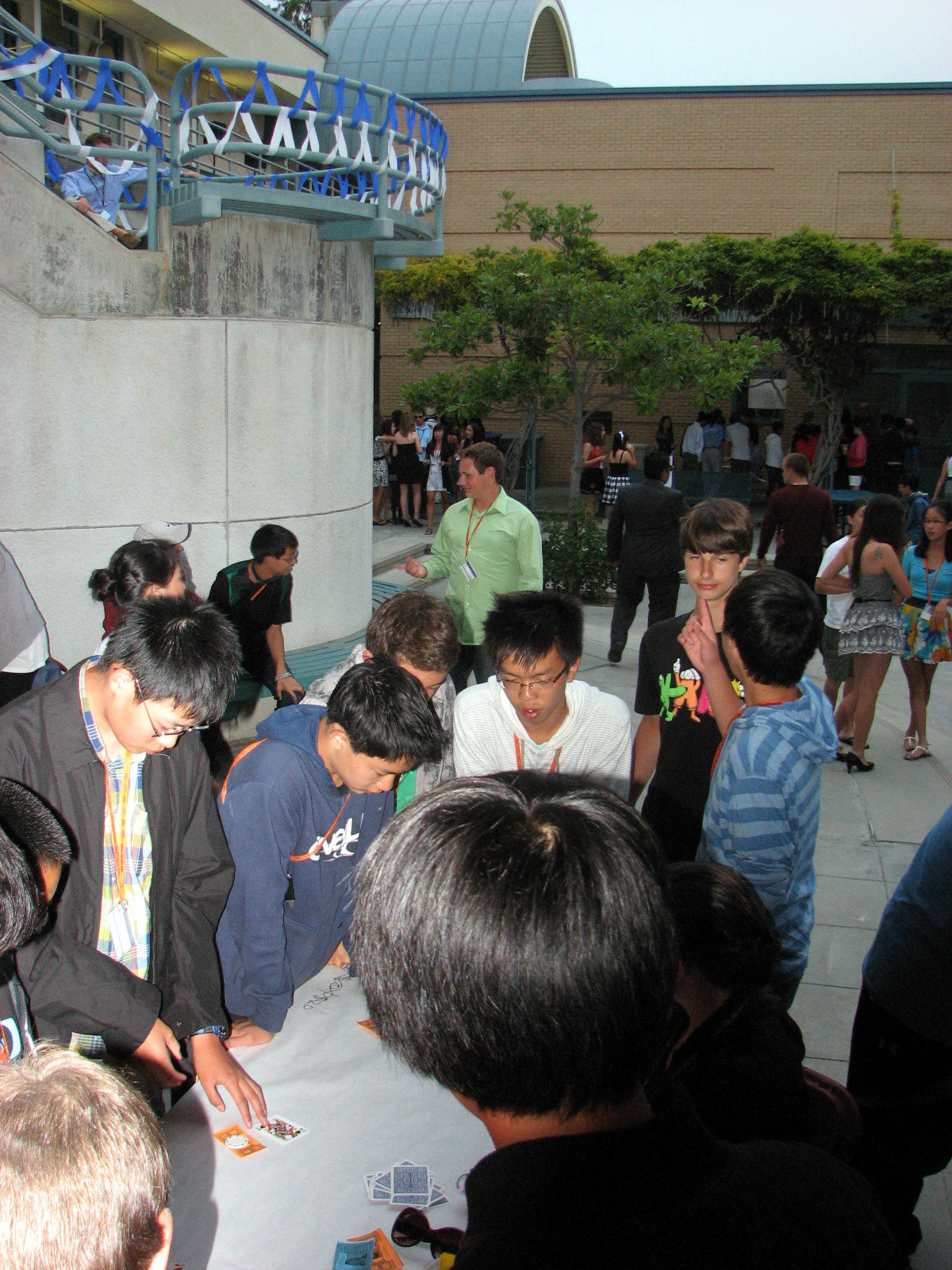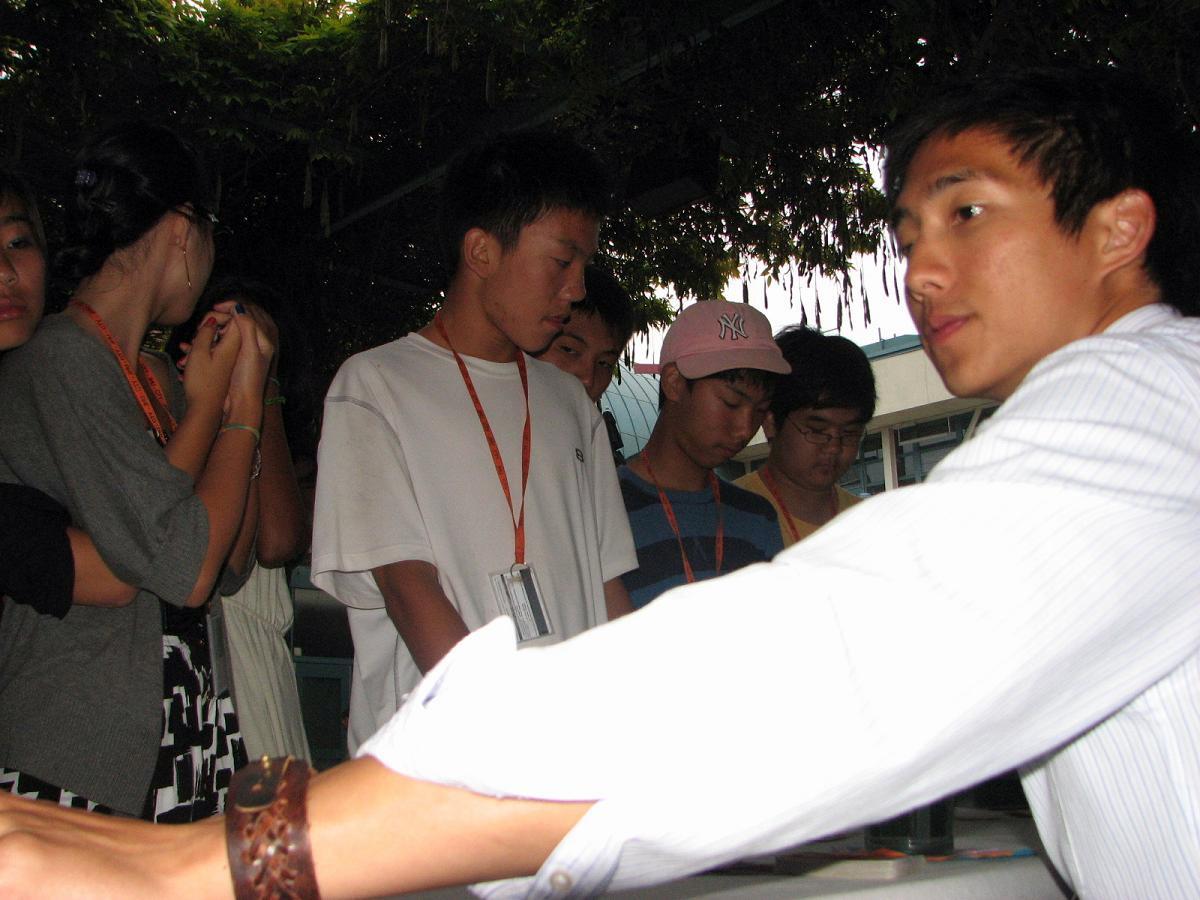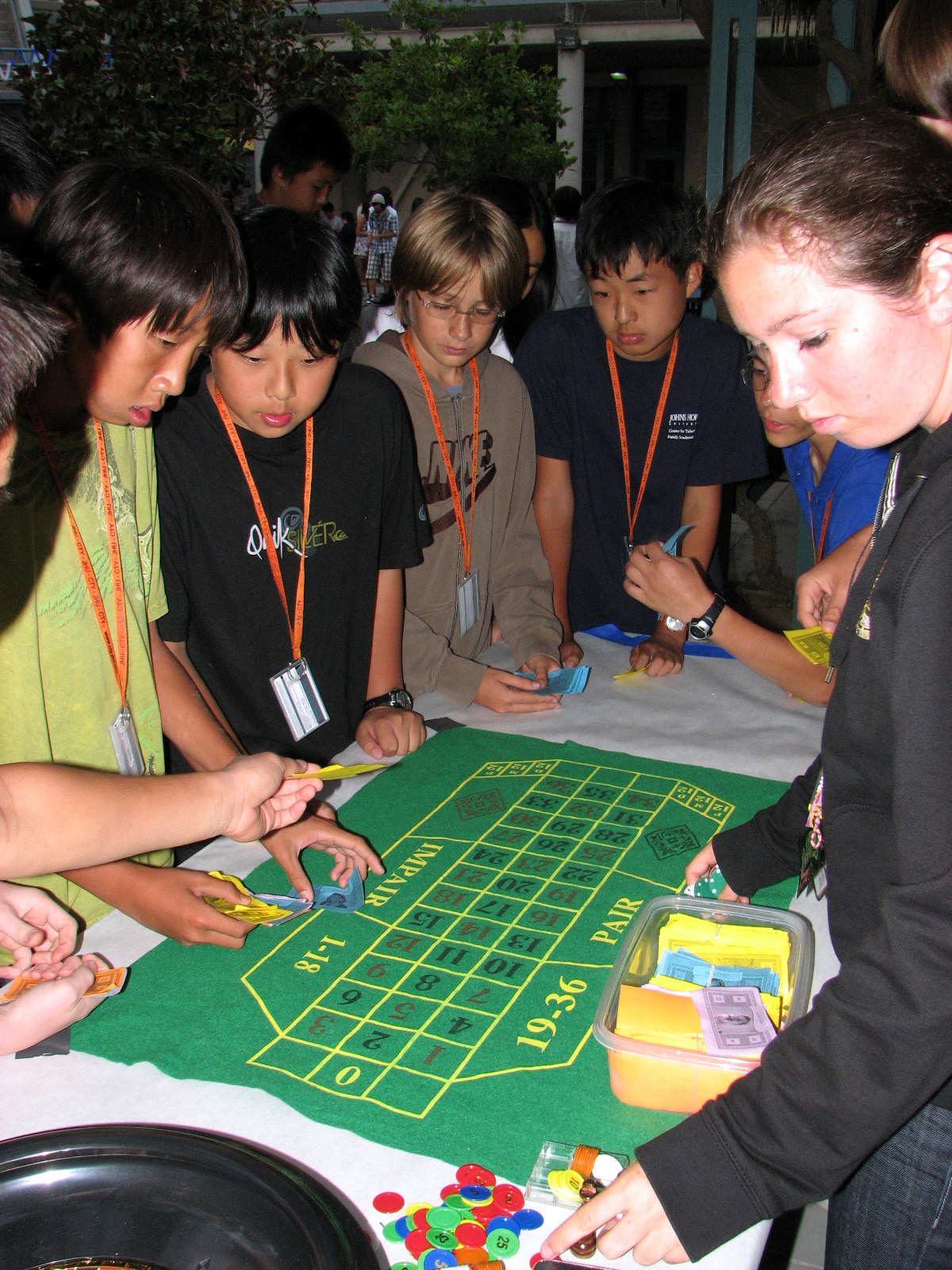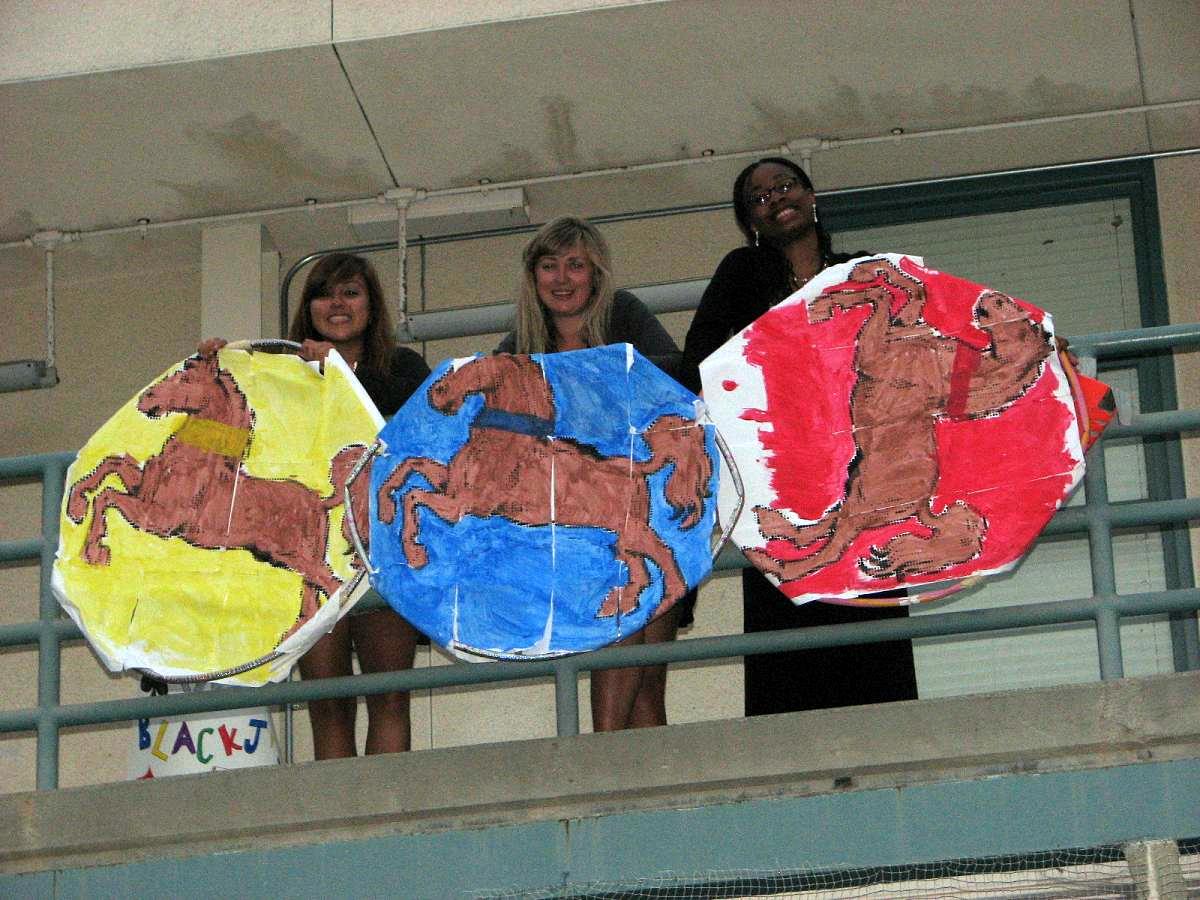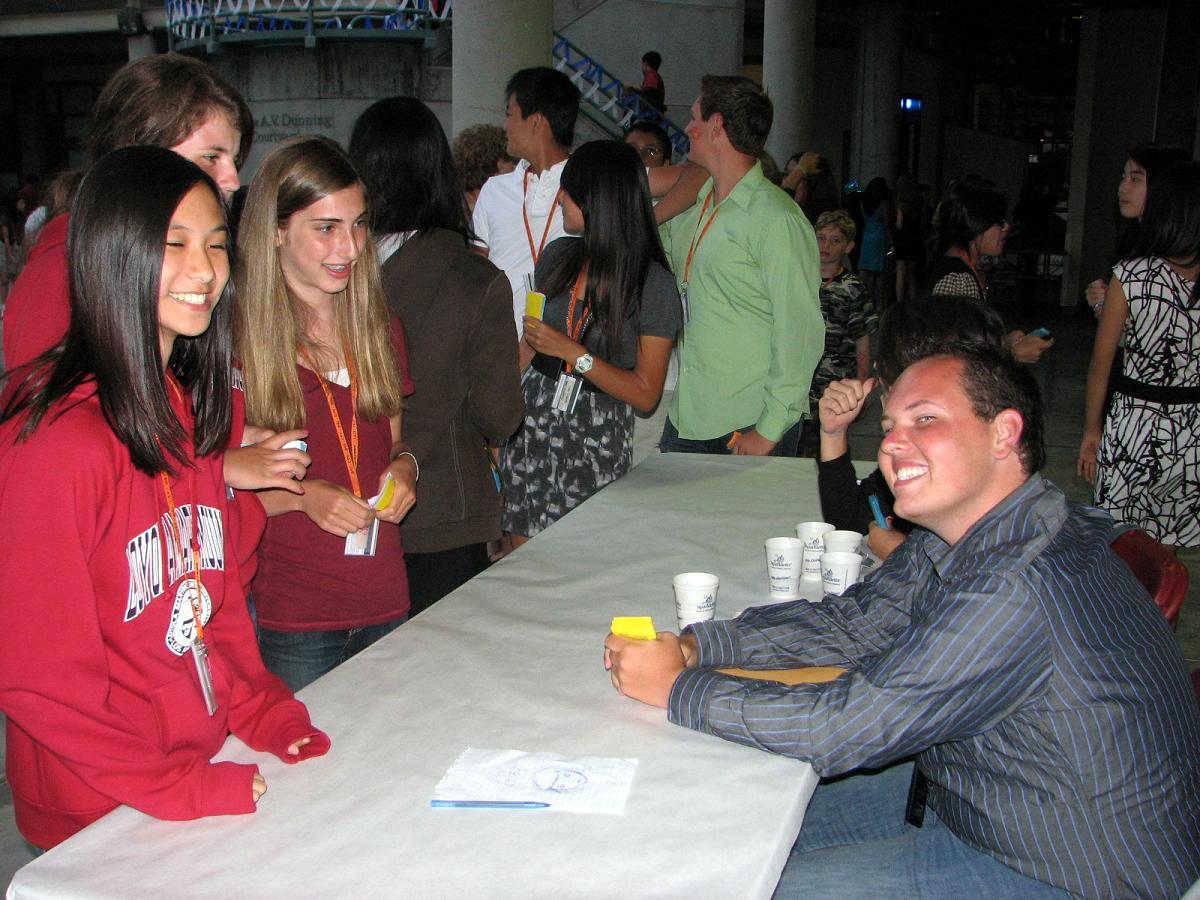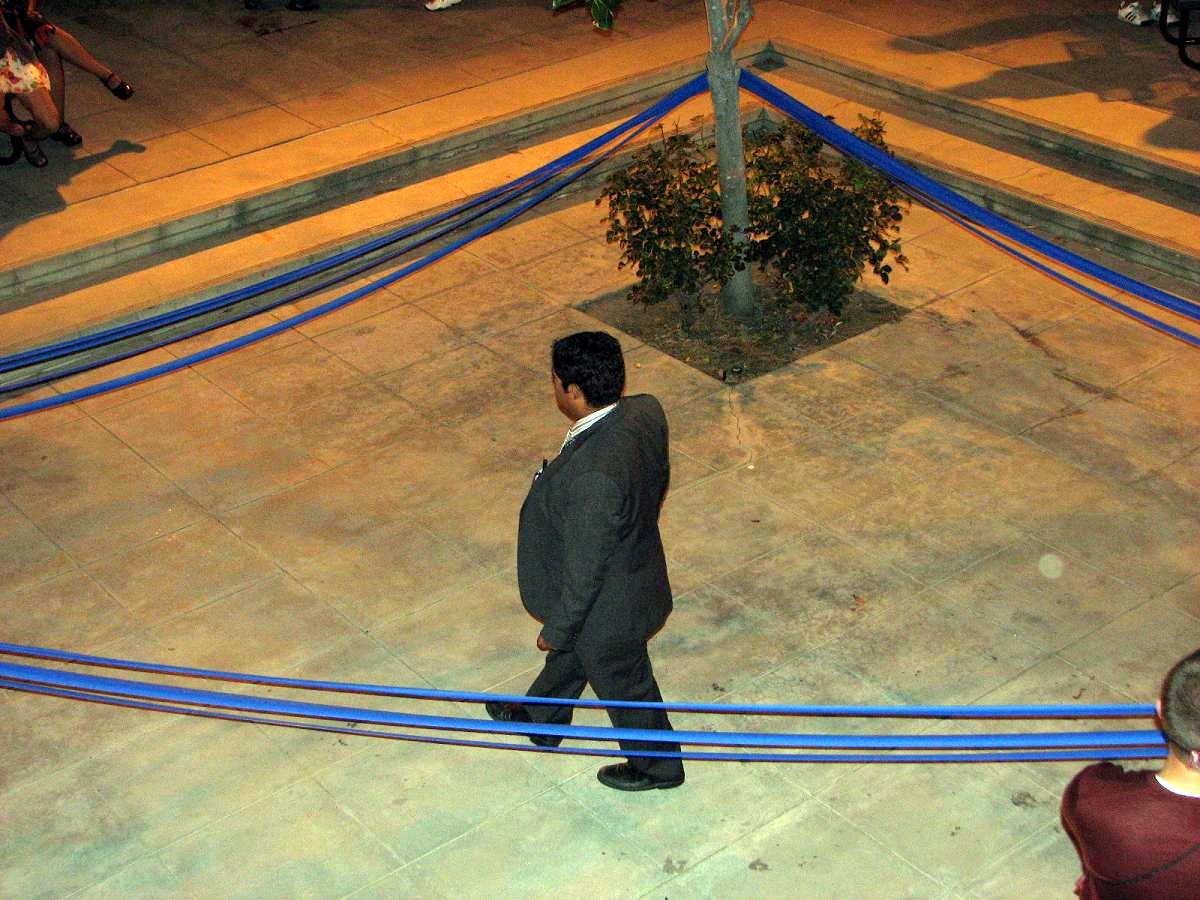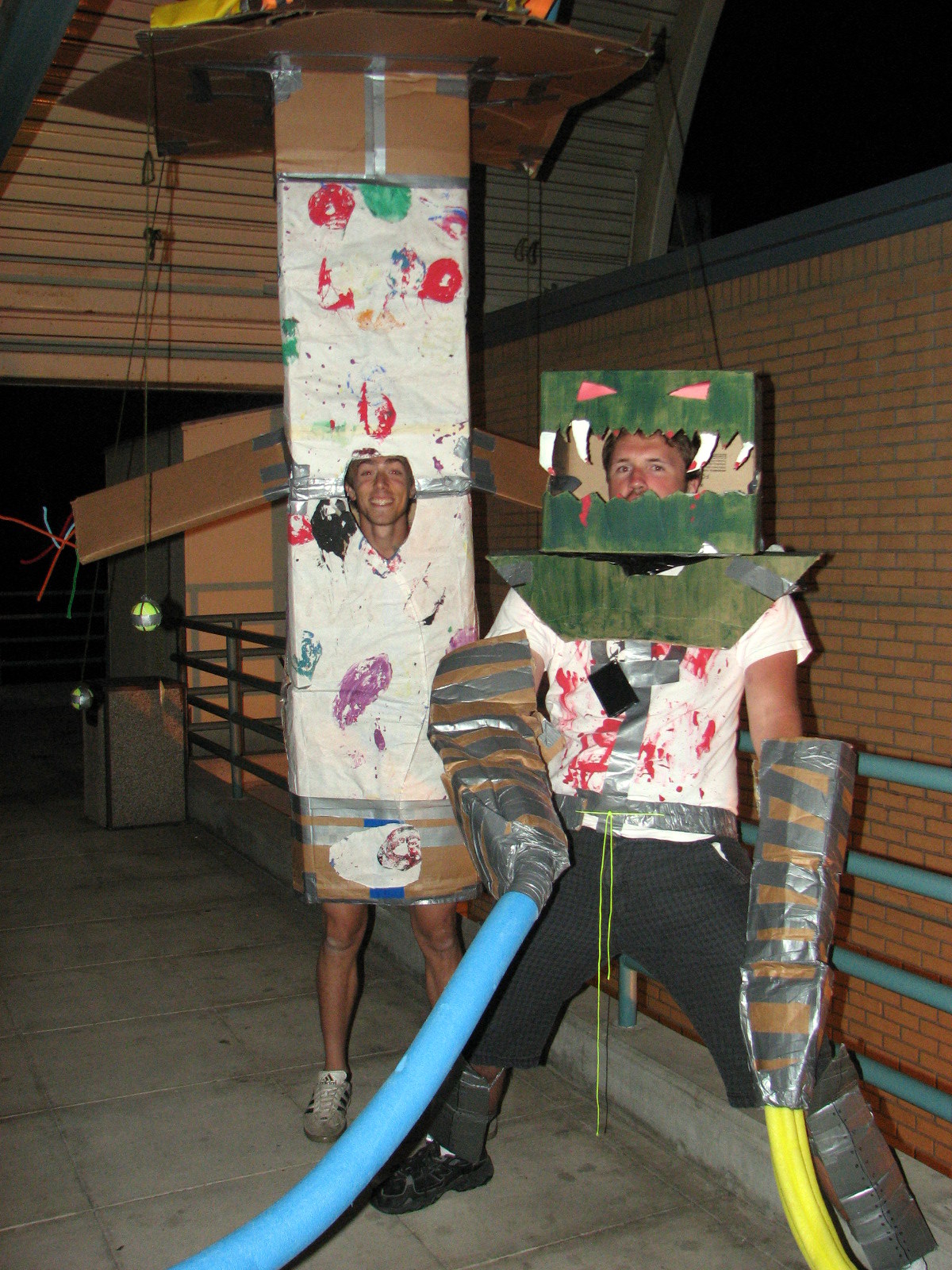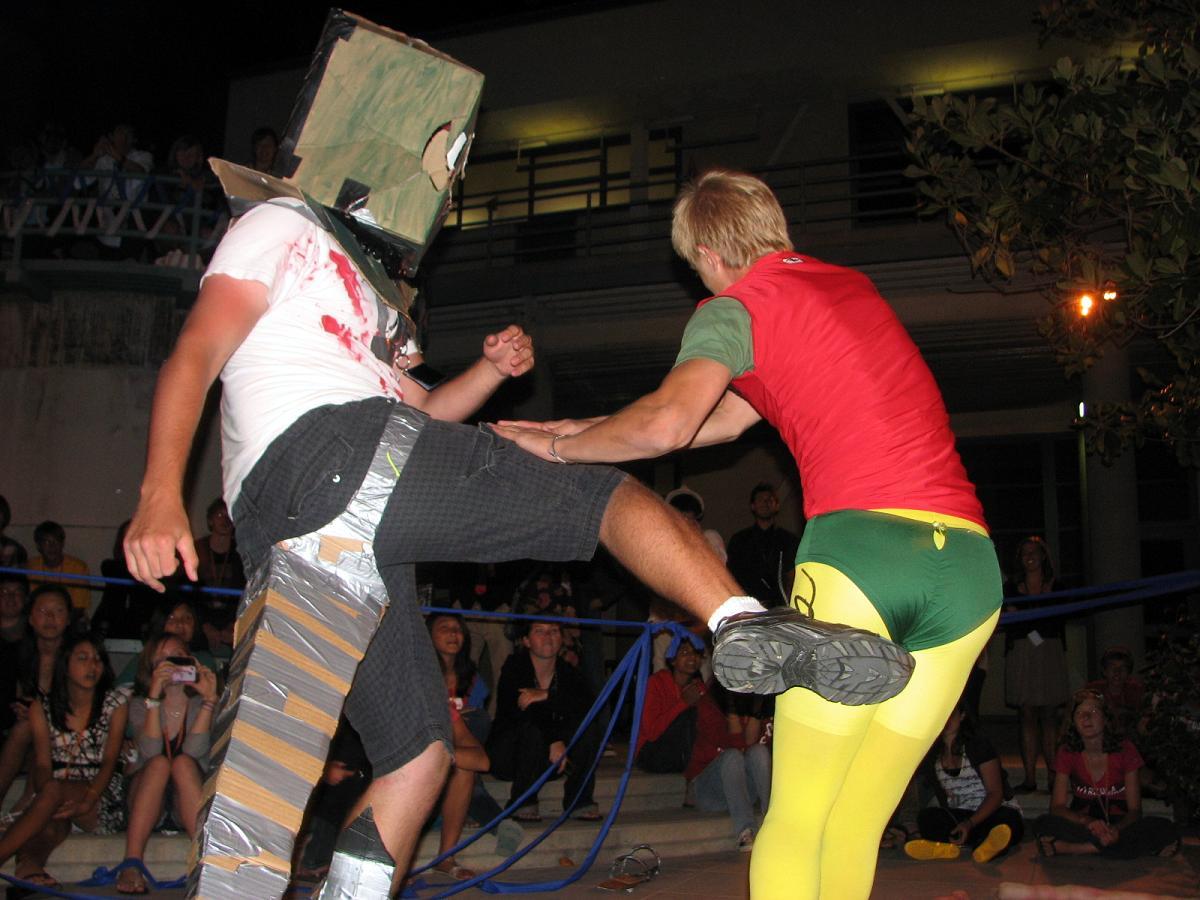Okay Dee, thoughts: how is this year thus far comparing to last?
In the background, the din of Social Time peters in and out. Directly across from us, tiny Jeremy serenades swooning CTY girls on his violin. Around the waterless fountain – there is a drought going on – a score of students meander; laughing and talking and flirting, all within various degrees of social grace, from adroit to yammering.
I thought it a loaded question. How difficult could it be to surmount the year previous? It was the year of The Swine Flu, when we sent nearly half the student body packing for coughs and toasty foreheads. Entire halls, decimated as H1N1 floated from room to room, ruining the three weeks these students spend an entire year looking forward to.
Last year we lost Trench Dodgeball. The same year leadership changed to incapable and inexperienced hands, and relations between administrators were – to say the least – venomous. In my mind, the more appropriate question was, Is this year worse in any way–
“I had so much more fun last year than I’m having now,” Dee said, cutting my thread like Sister Fate.
A literal double-take.
I thought it sarcasm, but the response was so immediate, so filled with absolute, unwavering conviction, that it couldn’t be anything but.
I didn’t respond right away. I couldn’t, and Dee took my silence as prompting:
“Last year, I felt like I found my best friends right away, you know? I got comfortable with our crew so quick. There was always someone to talk to. I expected to find it again this year, but I don’t feel like I connected with anyone.
“I only came back this year because my first session last year was so great. If this session was my first ever, I don’t think I would have returned.” Dee shrugged. “But, I really like my girls this session, at least.”
That’s weird, I joked.
She laughed. “Right? I actually enjoy spending time with them, and they want to hang out with me. So there’s that…”
We talked more, but I’m distracted by this pitfall, which seemed as obvious as a Warner Brothers cartoon: loaded with ACME product placement and talking animals, and the disguised sand trap set by the foolhardy yet indestructible coyote for our hero, the rabbit. I thought it went without saying: if you return to the CTY program, leave your expectations of the summer back home. There is no room for them, not this summer, this site, with this set of staff members. Even if you find yourself surrounded by fellow returners, don’t expect to recreate the experiences of yore. It won’t take.
Dynamics change – even the relationship between you and your bestest bosom buddy will be different. You will not pick up right where you left off, because neither of you are there. Not anymore; sometime during the 315 days of Normalcy, you both walked away, without a backwards glance. That’s the way it is, the way it must be.
Preserve those memories like butterflies, tacked behind glass. They’re nice to display, nice to look at, but you don’t take them out, urging them to beat their wings to admire their flight. It won’t happen, and to try is torturous. Memory is fickle and unreliable. It plays tricks, it dulls, it softens around the edges with every turn in your fingers. It can transform a mediocre evening into an idyllic day dream, or a flailing relationship into the one-that-got-away.
Do not return with expectation. And contrary to the verbiage, not doing is an active activity.
Remind yourself the session will not be the same.
Demand yourself to return with fresh eyes, untainted by what you loved or hated the year before.
Treat each student, each dance, each activity like an island, existing only unto itself, free of past connotations, and no promise of the future.
Attack the summer with a blank canvas, and let the new relationships color you as they will. It won’t be the same picture, but that’s not to say it won’t be beautiful or special or wonderful. It’ll just be different.
I told Dee, I wish we talked about this earlier. I wish we had this conversation before CTY started.
She said she does too.
If I did, though, who’s to say she would follow the advice? Forgetting how wonderful something is isn’t like flipping a switch, ON/OFF, ON/OFF. It takes a degree of coldness to write off the past, to lock it behind glass. It’s so much easier to hope I’m wrong, that things can be as they were, nearly perfect in that CTY bubble.
Even as I write this, I still hope. That someday, any day, a returner will seek me out, and tell me I was wrong about everything here. That you can recreate, and things can be as you imagined them before.
I hope it happens.
Photo Credit: cjacky2221

